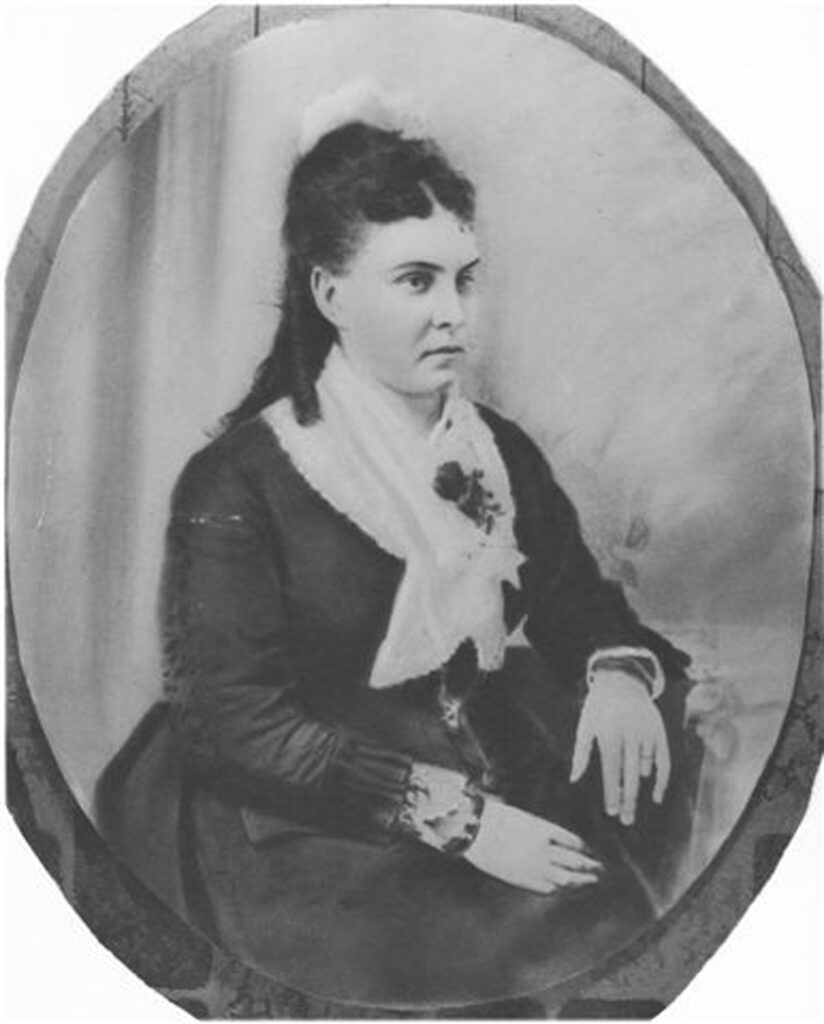Many people have old family treasures such as letters and albums in the attic. In my family, a collection of 200-year-old business records made their way from the attic to a Montreal museum, and now some them have been digitized and placed online for everyone to explore. Part of the Bagg Family Fonds housed at the McCord Museum, these newly digitized images include records from the store where the workmen who built the Lachine Canal in the early 1820s bought their bread and rum.
The project to digitize these and other documents was financed by Library and Archives Canada to mark the 150th anniversary of Canadian Confederation and Montreal’s 375th anniversary. The McCord Museum in Montreal is posting some 75 000 images from its collection of textual archives to its website (http://collections.musee-mccord.qc.ca/en/keys/collections/).
The website provides an introduction to the Bagg family and to the scope of the Bagg Family Fonds (P70): http://collections.musee-mccord.qc.ca/scripts/explore.php?Lang=1&tableid=18&tablename=fond&elementid=31__true. At the bottom of this page are links to four sets of digitized documents: the Laprairie Brewery (1821-1832), the workmen’s store in Lachine (1822-1823), a child’s scrapbook and a young woman’s autograph book that probably dates from around the turn of the century.
My three-times great-grandfather Stanley Bagg was one of the four main contractors in charge of building the Lachine Canal in Montreal in the 1820s. He also ran the store that supplied the workers with bread, tea, sugar, pork and occasionally fish, eggs and butter, although rum and beer seem to have been the most popular items. Some pages list the names of the customers, the items they purchased and the prices they were charged.
Other images record cash payments related to the canal construction, including planks, nails, wheelbarrows, hay (probably for the horses), blasting powder and wages for day labourers. Another set of records is related to the brewery owned by Stanley’s brother, Abner Bagg. The LaPrairie Brewery account books list expenses such as barley, charcoal, transportation costs and wages. Both the store and the brewery records contain many names of suppliers and customers.
Both of these collections provide a window into life in Montreal some 200 years ago. For example, Quebec historian Donald Fyson used these records as a basis for his thesis, “Eating in the city [electronic resource]: diet and provisioning in early nineteenth-century Montreal” Montréal: McGill University, 1989. http://www.collectionscanada.ca/obj/thesescanada/vol1/QMM/TC-QMM-55597.pdf
No one really knows who had the foresight to save these records, or how they ended up at the McCord. According to one of my cousins, these account books were found in the basement of the Redpath Museum at McGill University, but no one knows who put them there in the first place. Clare Fellowes, daughter of Evelyn (Bagg) Davis, gave an additional gift of textual documents to the museum in 2002 and 2003.
Documents in the Bagg Family Fonds that have not been digitized includes copies of letters that Stanley and Abner wrote to each other and to business colleagues, and a ledger belonging to butcher John Clark, Stanley Bagg’s father-in-law. Documents related to another generation of the family date from the final decades of the 19th century when the Baggs were property owners and real estate developers. This includes a ledger showing property sales, and letters between the Bagg siblings as they discussed and sometimes disagreed about business decisions. There are also personal documents such as a list of wedding presents, recipes and several albums of family photos, taken in the early 1900s by my grandmother, Gwendolyn Bagg. More recently, the late Joan Shackell, a descendant of Abner Bagg, donated a number of items related to her line of the family.
Members of the public can visit the archives at the McCord Museum to consult the Bagg Family Fonds and other collections, but they must make an appointment weeks in advance. It is encouraging to see that some of these documents are now available online.
(This article is also posted on https://genealogyensemble.com)
See also:
Janice Hamilton, “Abner Bagg, Black Sheep of the Family?” Writing Up the Ancestors, April 9, 2015, https://www.writinguptheancestors.ca/2015/04/abner-bagg-black-sheep-of-family.html
Janice Hamilton, “Stanley Bagg and the Lachine Canal, Part 2: Rocks and Water,” Writing Up the Ancestors, March 13, 2015, https://www.writinguptheancestors.ca/2015/03/stanley-bagg-and-lachine-canal-part-2.html

